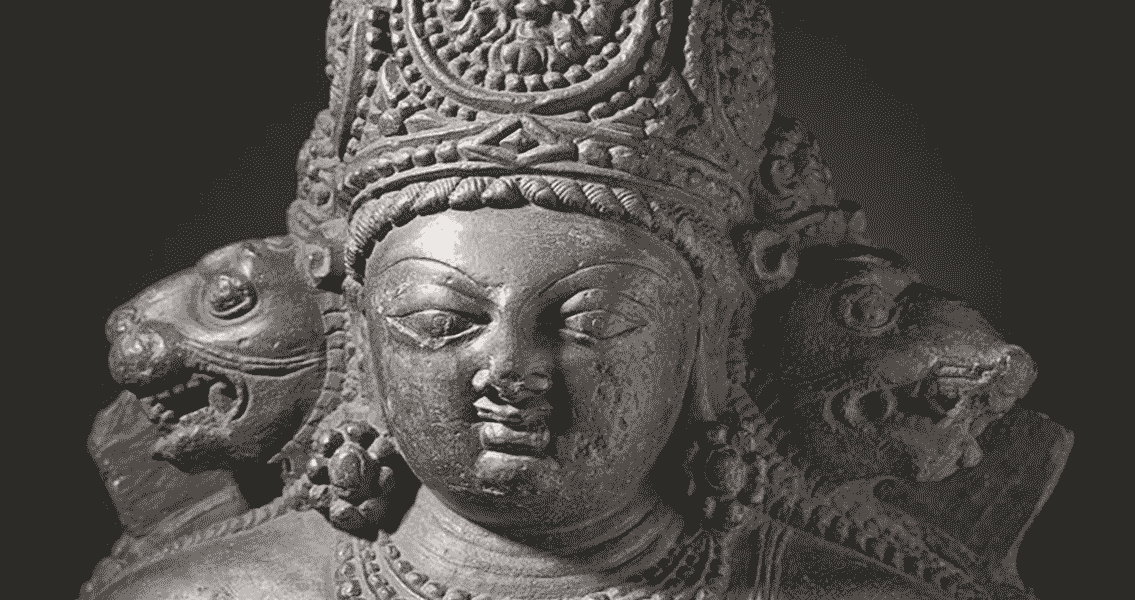<![CDATA[Workers renovating the Banteay Chhmar Temple in Cambodia have happened on a shocking discovery – three large Angkorian-era statue heads buried about half a metre under the soil. Two of the heads are intact, while the other is broken. The statue heads depict the ancient Hindu belief that gods (Devas) and demons (Asuras) worked together to form Amrita, the nectar of immortal life. The statue heads are made from sandstone and seem to have been created during the reign of King Jayavarman VII, who ruled over the Khmer Empire. The Banteay Chhmar Temple is one of the most complex archaeological structures from Cambodia’s Angkor era, and one of the least understood. The temple faces east, and is surrounded by eight secondary temples. There is a gallery on the outer walls that depicts military scenes and daily life. According to government officials who led the excavation of the statue heads, they were broken off from their respective bodies decades ago, and buried naturally by floods. One official, Mao Sy, stated in an interview with the Phnom Penh Post that this natural burial of the heads was a blessing, saving them from the frequent looting that has taken place at the temple. The heads are part of a famous Hindu legend known as “the Ocean of Milk”. In Hindu culture, the Ocean of Milk is the fifth of seven oceans surrounding directional space. According to the legend, the Hindu God Vishnu told the Devas and the Asuras to churn the ocean with the Serpent King for a millennium, to release the Amrita. When the Amrita was finally released, the Devas and the Asuras each wanted it for themselves, and fought over it. Vishnu favoured the Devas, and so took on the form of Mohini the Enchantress to lure the Asuras into giving up the Amrita. Rahu, one of the Asuras, found out about this deception, and dressed himself as a Deva to try and get access to the Amrita. Vishnu learned of the plan, and angrily decapitated Rahu as he was about to swallow the Amrita, leaving only his head immortal. The ancient statue heads are references to this section of the ancient legend. The Banteay Chhmar Temple isn't the the only one to depict part of this legend. Angkor Thom has a causeway with a row of statues pulling on the Serpent King. It is believed that the causeway at Banteay Chhmar may have resembled this when it was still intact, although the statue heads there are much larger, suggesting the causeway may have been even more spectacular. There are currently plans to return the statue heads to their former glory, as part of restoration proceedings already taking place at the Banteay Chhmar Temple. It is hoped that the temple will eventually become a significant tourist attraction.]]>
Enormous Statue Heads Unearthed in Cambodia
